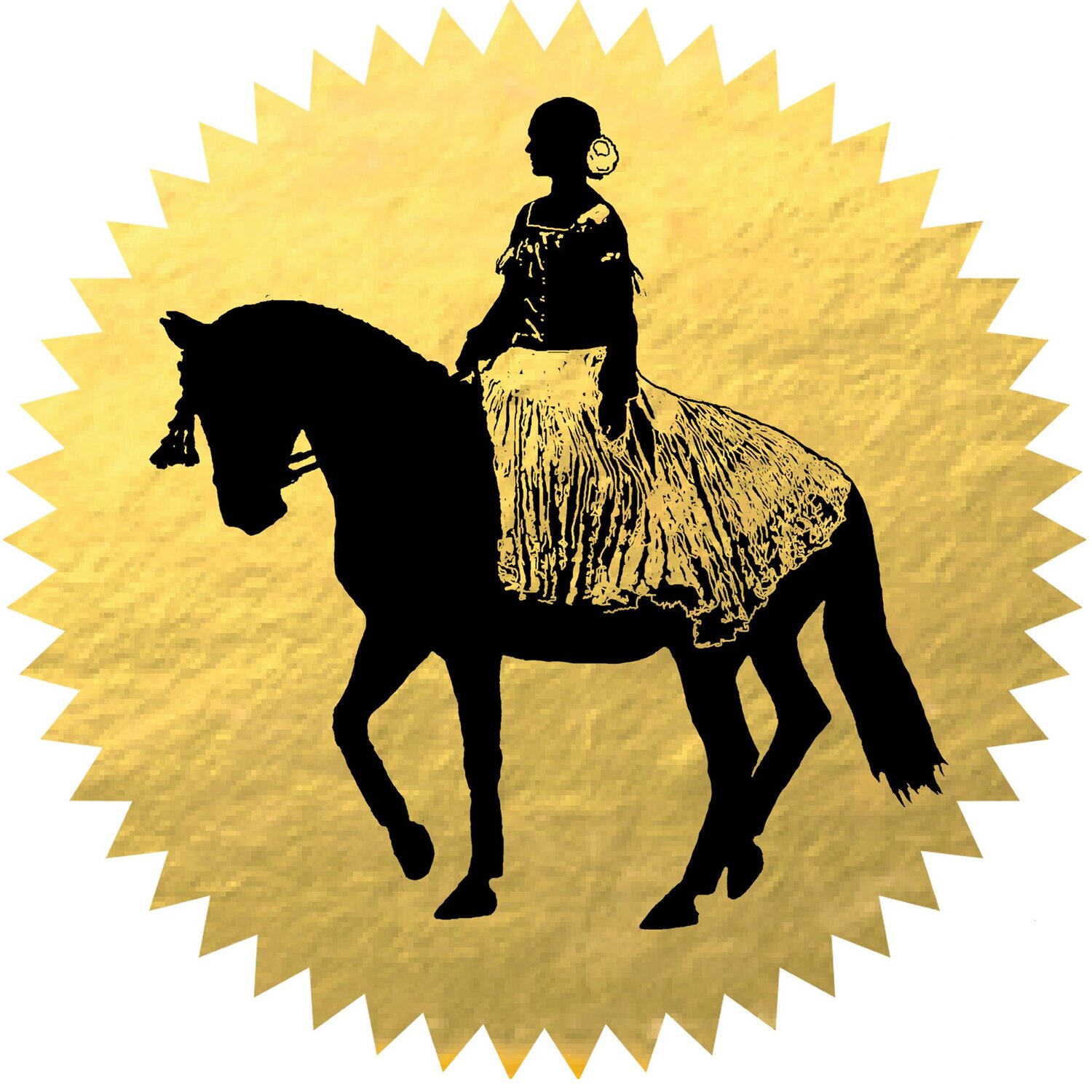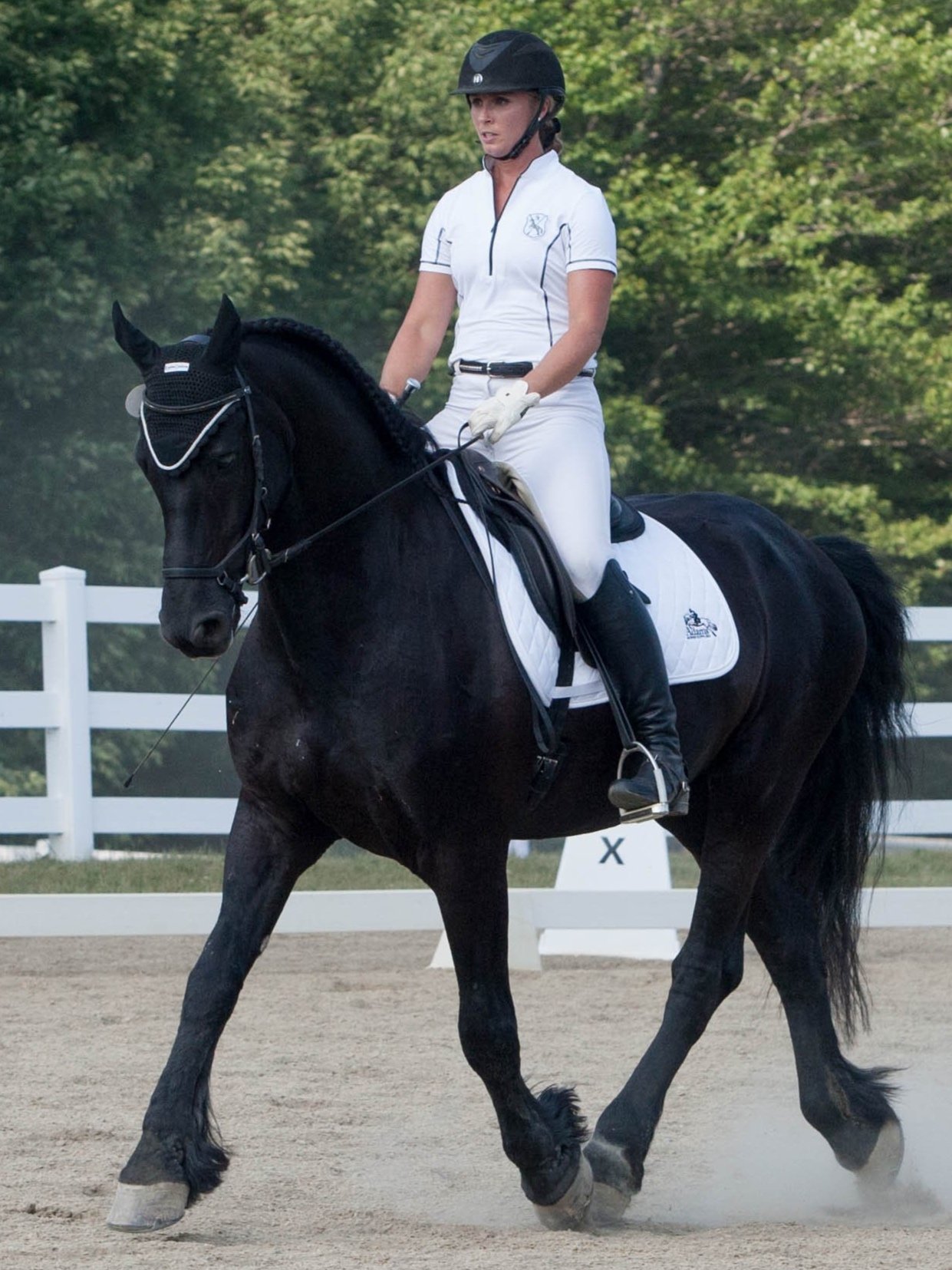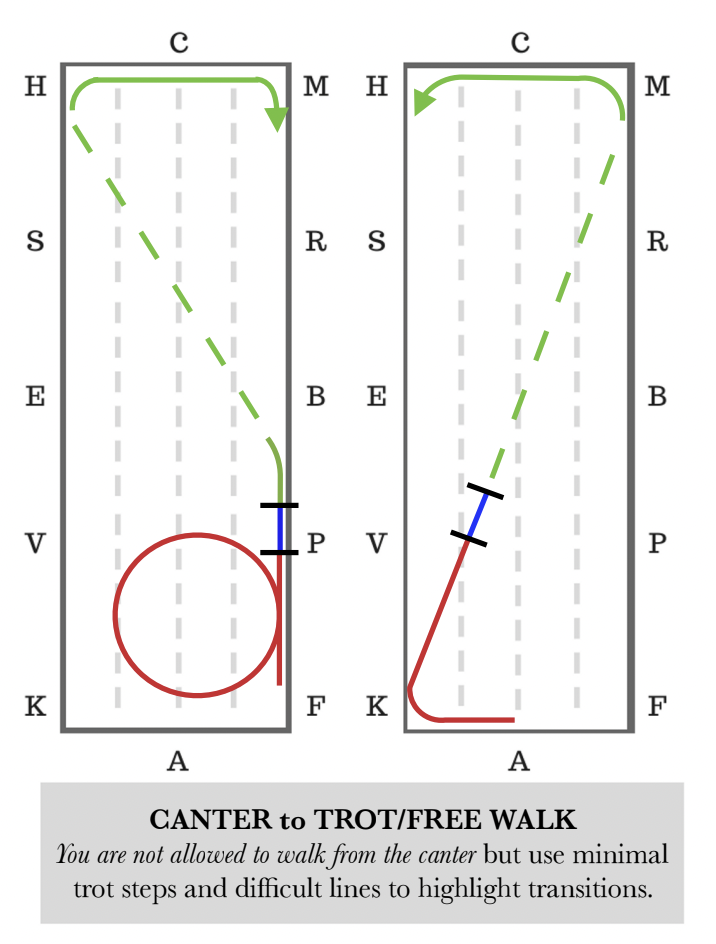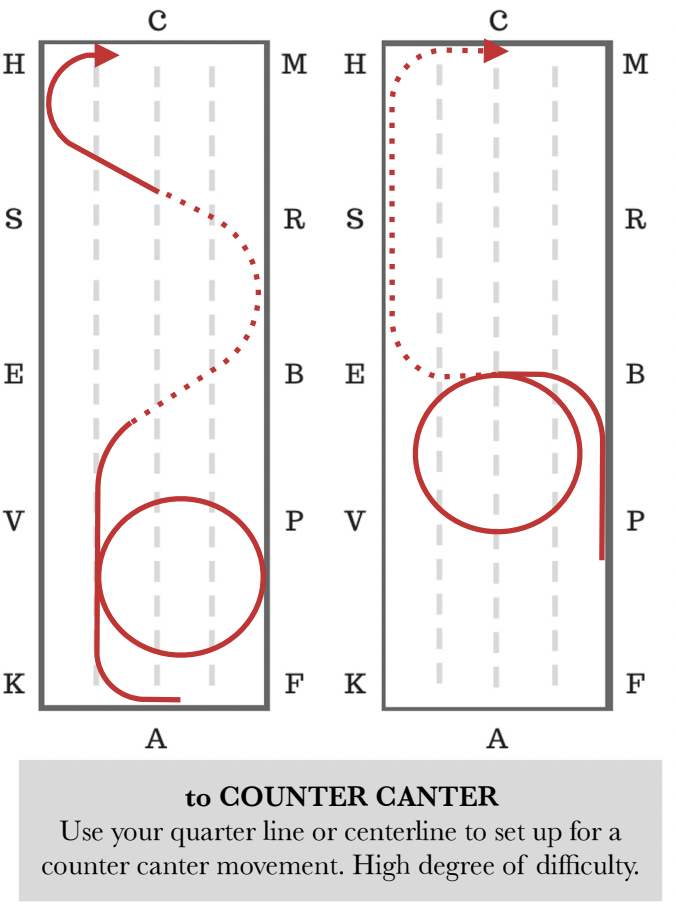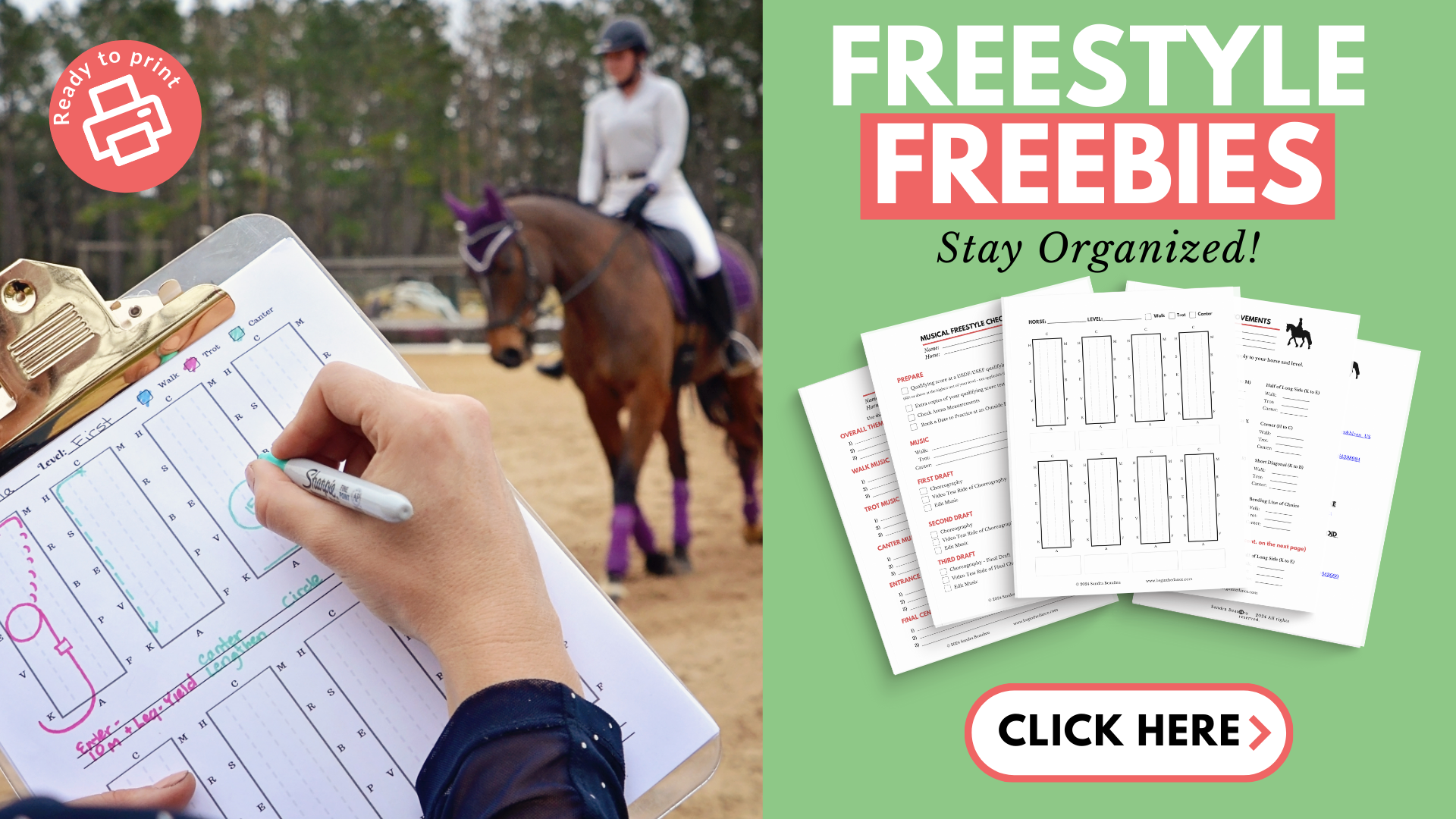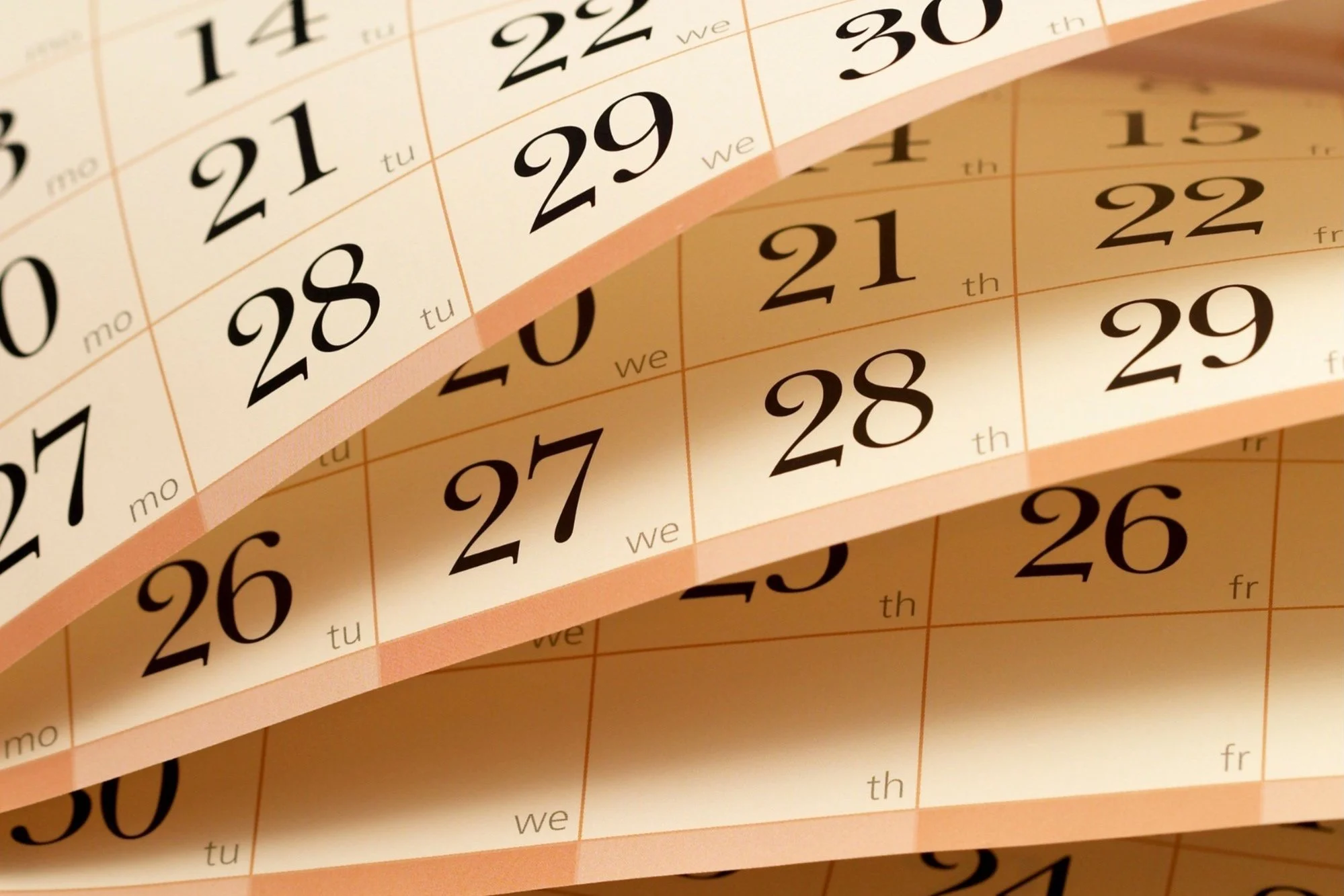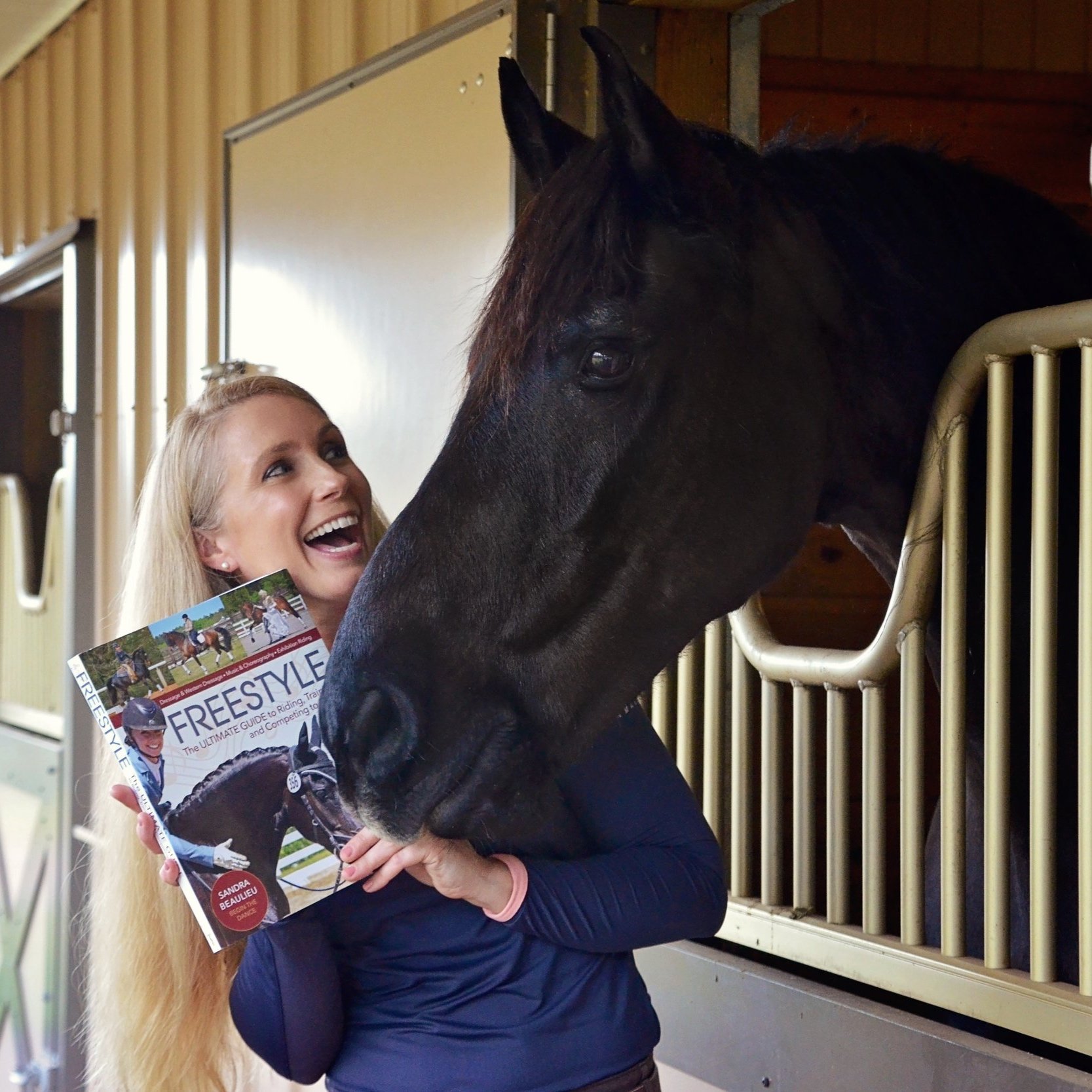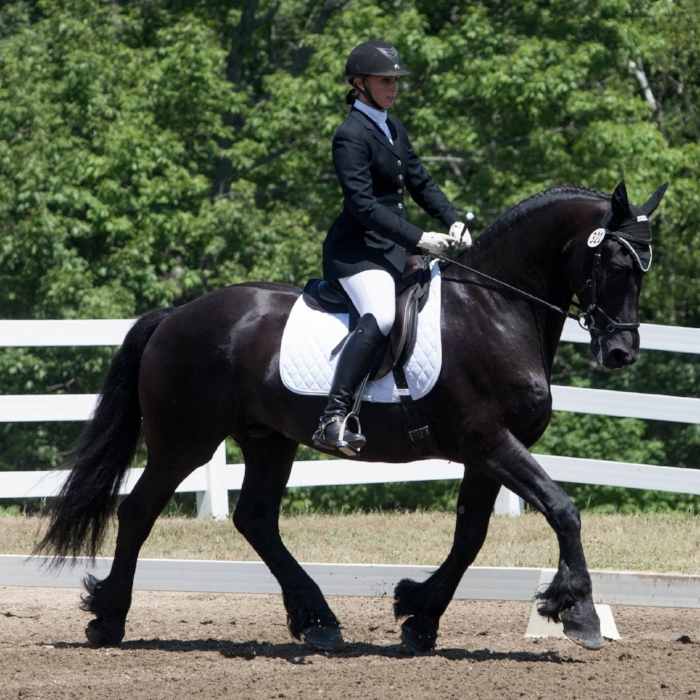Creative Choreography for your First Level Dressage Musical Freestyle
/Douwe competing a First level Freestyle. photo credit: spotted vision photography
Are you putting together a First Level dressage freestyle? Congratulations! In this article I will share choreography tips specifically meant for First Level. I have broken them down by each required movement.
This is a sampling of what is included in my First Level Choreography E-Book and my book FREESTYLE: The Ultimate Guide to Riding, Training, and Competing to Music.
Overall Tips to Keep in Mind
In regards to degree of difficulty, keep in mind that you want your freestyle routine to be easy for the judge to follow along. Don’t make it so complicated that the judge is confused or they cannot tell what movement you are riding.
Choose variations of each movement so that your horse can perform to the best of their ability. Do not overface your horse and lose technical points.
Trot Lengthening
At First Level you are required to show one trot lengthening on a straight line. Typically riders will include more than one.
Use your quarterlines and centerline to highlight your horse’s straightness and balance.
Angle your lengthening on a diagonal line from the centerline to the rail so that your diagonal line is less test-like. (shown in diagram)
Incorporate walk or canter transitions close to your trot lenghthening to demonstrate ride-ability.
10 meter Trot Circles
At First Level you are required to show a 10 meter trot circle in both directions.
Approach your circles from the quarterline, centerline, or parallel to the short sides so that it is placed differently than a dressage test.
Ride your circle immediately before/after other movements like leg-yield and lengthened trot to showcase ride-ability.
Ride a figure-eight with your two trot circles to demonstrate suppleness.
Place your circle before/after a canter transition to showcase your horse’s ability to maintain his/her balance.
Medium & Free Walk
At First Level you are required to show a minimum of 20 meters of medium walk and free walk. You are allowed to ride them on curved lines.
Going from the the trot directly into the free walk is more difficult than using the medium walk for the transition.
Highlight an amazing walk by using diagonal lines, half circles, or bending lines where the judge can clearly see the overstep and rhythm.
If your horse has poor rhythm you can showcase straightness by riding your medium or free walk on the centerline/quarterline or suppleness with a unique bending line to challenge your horse’s ability to relax and focus.
Trot Leg-Yield
At First Level you are required to show a leg-yield in both directions with a minimum of 12 meters.
Incorporate a leg-yield zig-zag if your horse can stay straight and steady. Keep in mind that you want to choose movements that your horse can perform well consistently.
Ride canter transitions or lengthened trot before/after leg-yield to showcase ride-ability.
Place your trot circles before/after to help setup the bend and balance your horse.
15 meter Canter Circles
At First Level you are required to show a 15 meter canter circle in both directions.
Use your quarterlines to begin your circle, this helps with your accuracy and improves degree of difficulty riding off the track.
Place your lengthened canter directly before/after your circle to highlight good impulsion.
Include counter canter before/after your circles to showcase balance and obedience.
Changes of Lead Through Trot
At First Level you are required to show a change of lead through trot (canter - trot - canter) in both directions.
Use your centerline and quarterlines to demonstrate straightness and ride-ability. This can also save on time and help you flow into your next movement.
Incorporate counter canter before/after if your horse has reliable changes of lead.
Include additional changes of lead in case you mess up on one of them. You will typically see riders include two in each directions.
Canter Lengthening
At First Level you are required to show one canter lengthening on a straight line. Typically, riders will include at two canter lengthenings.
Use your centerlines and quarterlines if you horse is well balanced and straight.
Include counter canter before/after your lengthening to showcase balance and obedience.
Angle your lengthening on a diagonal line from the centerline to the rail so that you can stay on the same lead. (shown in diagram)
I hope this article helps you with some ideas for your First Level freestyle! Click here if you want to take a closer look at my choreography e-books where these particular diagrams come from. If you have any questions or comments don’t hesitate to leave one down below or send me an email at beginthedance@gmail.com.
Download My Free Resources
Stay organized with my Musical Freestyle Checklist and begin sketching choreography with my Blank Arena Diagram Page.
Browse my Freestyle Book Store
Learn how to create a musical freestyle from start to finish or choose an e-Book with choreography ideas just for your level.
Click here to view all Freestyle Books & e-Books.
